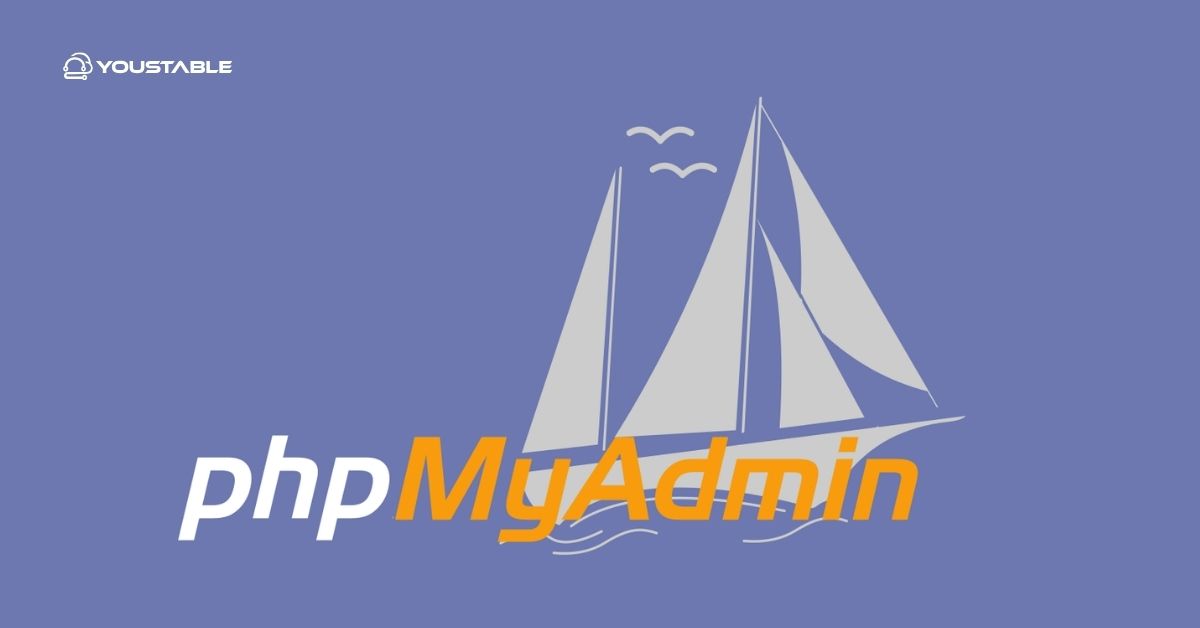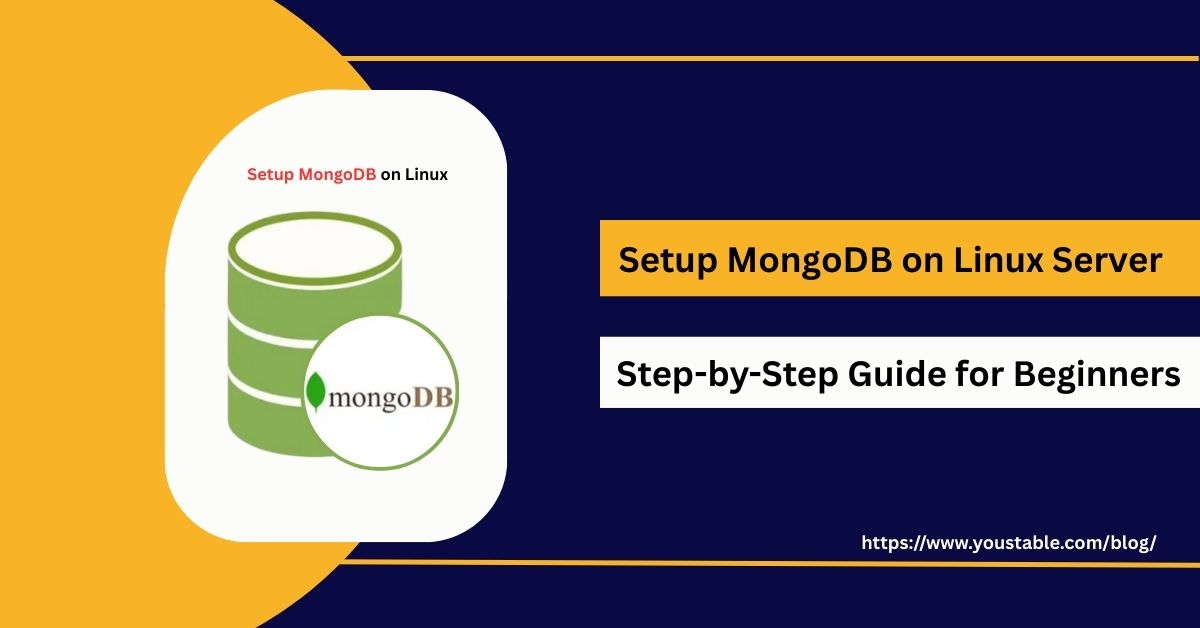phpMyAdmin is a widely used web-based interface for managing MySQL and MariaDB databases on Linux servers. While it simplifies database administration, an improperly secured phpMyAdmin installation can expose sensitive data and credentials to attackers. To maintain a secure server environment, it is essential to monitor and secure phpMyAdmin on Linux.

Securing phpMyAdmin involves configuring authentication, restricting access, monitoring logs, updating software, and applying best practices to ensure optimal security. Administrators must combine proactive monitoring, access control, and layered security measures to protect databases from unauthorized access and ensure system integrity. This guide provides step-by-step strategies to enhance phpMyAdmin security and protect critical data.
Why Securing phpMyAdmin on Linux is Crucial?
phpMyAdmin directly interfaces with databases containing sensitive information. Attackers can exploit weak passwords, default settings, or unprotected interfaces to gain unauthorized access.
Implementing proper security measures ensures that only authorized users can access the interface, protects credentials, and prevents SQL injection or brute-force attacks. Following best practices for secure phpMyAdmin on Linux reduces vulnerabilities, safeguards critical data, and maintains compliance with organizational or regulatory standards.
Step 1: Keep phpMyAdmin and Linux System Updated
Regular updates ensure that phpMyAdmin and the underlying Linux system are protected against known vulnerabilities and exploits.
Updating both the software and system packages reduces the risk of attackers exploiting outdated components and ensures the latest security patches are applied.
- On Ubuntu/Debian:
sudo apt update && sudo apt upgrade phpmyadmin- On CentOS/RHEL:
sudo yum update phpmyadminStep 2: Restrict Access by IP Address
Limiting access to trusted IP addresses strengthens security by preventing unauthorized external connections.
- Use Apache/Nginx configuration or
.htaccessto allow only specific IPs:
<Directory /usr/share/phpmyadmin>
Require ip 192.168.1.50
</Directory>- Alternatively, configure firewall rules to restrict external access.
This ensures that only trusted hosts can reach the phpMyAdmin interface, reducing attack exposure.
Step 3: Enable Strong Authentication
Strong authentication protects phpMyAdmin from brute-force attacks and unauthorized logins.
- Use strong, unique passwords for database users.
- Consider integrating two-factor authentication (2FA) for additional security.
- Disable default accounts and remove weak or unused users.
Proper authentication minimizes the risk of attackers gaining access to sensitive database information.
Step 4: Change the Default phpMyAdmin URL
Default installation URLs are often targeted by attackers. Changing the URL adds a layer of security through obscurity.
Rename the phpMyAdmin directory or alias it in your web server configuration.
- Example in Apache:
Alias /secureadmin /usr/share/phpmyadmin- Example in Nginx:
location /secureadmin {
root /usr/share/;
index index.php;
}This simple step reduces exposure to automated attacks targeting default paths.
Step 5: Enable HTTPS
Encrypting communication protects sensitive credentials and database operations from interception.
- Use SSL certificates with Apache or Nginx.
- Redirect HTTP traffic to HTTPS to enforce secure connections:
<VirtualHost *:80>
ServerName example.com
Redirect / https://example.com/
</VirtualHost>HTTPS ensures secure data transmission between the client and the server.
Step 6: Enable Logging and Monitor Activity
Monitoring phpMyAdmin logs helps detect suspicious activity and identify potential attacks.
- Enable web server access and error logs.
- Track failed login attempts and unusual activity.
- Consider centralized logging with tools like ELK Stack or OSSEC for real-time alerts.
Proper logging allows administrators to respond quickly to potential threats and maintain a secure environment.
Step 7: Automate Security Policies and Backups
Automation ensures consistent security and protects phpMyAdmin configurations and database backups.
- Schedule regular backups of the phpMyAdmin configuration files and databases.
- Automate security checks for configuration changes.
- Example backup command:
mysqldump -u root -p database_name > /backup/database_name.sqlAutomated policies reduce human error and maintain reliable protection over time.
Step 8: Apply Best Practices to Secure phpMyAdmin on Linux
Following best practices ensures that phpMyAdmin remains secure and reliable.
- Limit access to trusted IPs only.
- Enforce strong passwords and enable 2FA.
- Keep software updated and monitor logs.
- Change default URLs and disable unnecessary features.
- Regularly audit configurations and maintain backups.
Consistently applying these measures reduces vulnerabilities and strengthens overall server security.
Conclusion
phpMyAdmin simplifies database management but can become a target if not properly secured. By keeping software up to date, restricting access, enabling strong authentication, enforcing HTTPS, monitoring activity, automating backups, and following best practices, administrators can effectively protect sensitive database information.
A layered approach to securing phpMyAdmin on Linux ensures reliable, monitored, and protected database operations while minimizing the risk of unauthorized access or data breaches.


